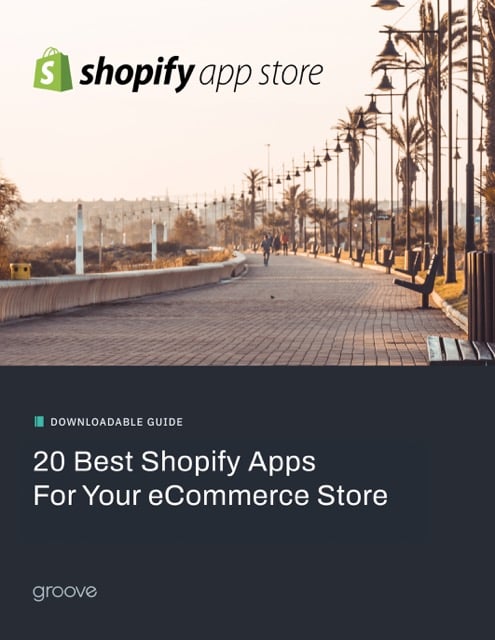There is often a disparity between what a marketing team considers a great lead and what a sales team considers a lead that's worth exploring. As a Diamond HubSpot Partner Agency, we suggest leveraging HubSpot lead scoring to prioritize leads and determine who is worth reaching out to.
What Is HubSpot Lead Scoring?
Any smart salesperson or marketer understands that lead nurturing focuses on the quality of relationships with leads − not the quantity of leads. So, how do businesses arrange their leads to help them better prioritize their outreach efforts? That's where HubSpot lead scoring comes into play.
HubSpot defines lead scoring as "the process of assigning a value to each lead to prioritize outreach." This method helps sales and marketing teams prioritize leads and improve outreach in an effort to convert more leads into customers.
There is a ton of criteria that contributes to a lead score, and figuring out the importance of each component is an important step for HubSpot lead scoring. This can take a lot of time, so we recommend leveraging a tool like HubSpot that predicts lead scores and determines whether a lead is qualified based on information in your contact database.
How Does HubSpot Predict Lead Scoring?
HubSpot analyzes a business's customers as well as industry customer sets to determine the probability that open contacts will close as customers in 90 days. Various pieces of data are taken into consideration when HubSpot calculates lead score, like:
- A contact's demographic information
- Insights about a contact's company information
- A contact's behavior with your business that is logged in the HubSpot CRM
Whether a contact engages with marketing emails or submits forms on your website, this information is used in HubSpot lead scoring. In addition, HubSpot provides two key pieces of information that helps sales and marketing teams analyze predictive lead scores: likelihood to close and contact priority.
Likelihood To Close
HubSpot defines likelihood to close as "a score that represents the percentage probability of a contact closing as a customer within the next 90 days." For example, a contact with a close probability value of 74 has a 74% chance of becoming a customer in the next 90 days.
Contact Priority
HubSpot defines the contact priority property as "four equally sized tiers of your contacts." Each tier represents a contact's value based on their likelihood to close probability. It is normal for newer HubSpot accounts to see lower scores in the top tier at first, but as contact and customer data accumulates over time, higher scores may appear in the top tier.
Prioritize and segment leads by using tiers to create CRM filters. HubSpot lead scoring helps businesses determine the chance of a lead converting into a customer. With this information, employees across various teams can discuss which lead relationships should come first. Plus, this data provides insights into contacts that are interested in creating a relationship with your brand.
Conclusion
HubSpot lead scoring helps everyone on the team prioritize which contacts to reach out to. By creating and nurturing relationships at the right time, businesses have a better chance at converting more leads into customers.
If you have any questions on how to attract more leads to your eCommerce store or are wondering if HubSpot is a good fit for your business, feel free to reach out through the form below with any concerns. A member of our team will be in touch soon!

E-BOOK
20 Best Shopify Apps For Your eCommerce Store
Explore tags:
About the author
With a focus on customer experience, Nicole Horton writes about how to create a seamless eCommerce journey for shoppers. From website design to shipping options, they cover it all.
Subscribe to the Groove Newsletter
Get the latest updates and insights straight to your inbox


